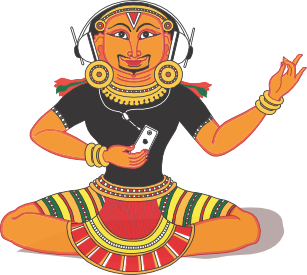
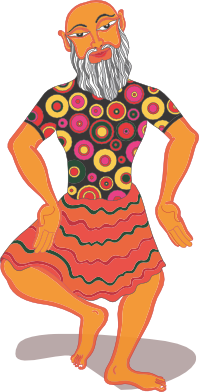
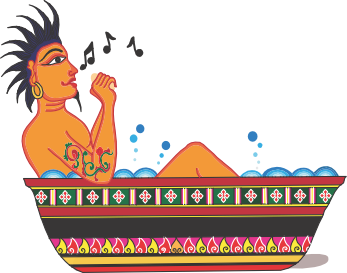
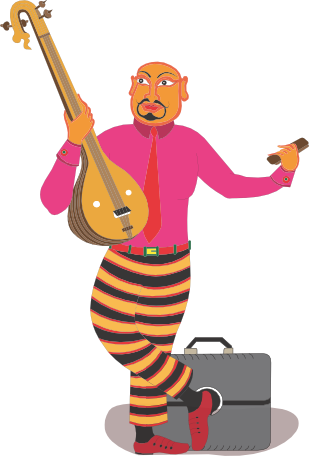
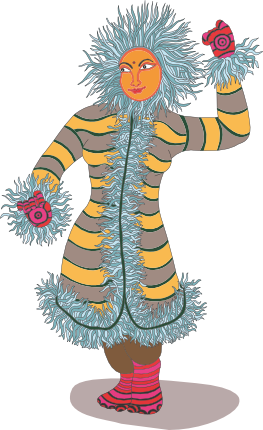
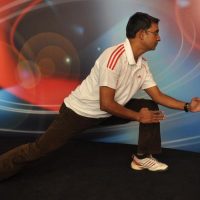
TAI CHI
– Compiled and re-presented by Team eAmbalam
T’ai Chi Ch’uan’ has developed a worldwide following among people since the widespread promotion of its health benefits in the early 20th century. The term “t’ai chi ch’uan” translates as “supreme ultimate fist”, “boundless fist”, “supreme ultimate boxing” or “great extremes boxing”. The chi in this instance is distinct from qì, the life energy. Yang, Wu, and Chen are the three most popular t’ai chi styles. While t’ai chi ch’uan is typically known for its slow movements, these have secondary forms of a faster pace. In China, t’ai chi ch’uan is categorized under the arts applied with internal power to distinguish the skills, theories and applications of these internal arts from those of hard or external martial art styles. T’ai Chi Ch’uan’ is popularly referred to as Tai Chi in English.
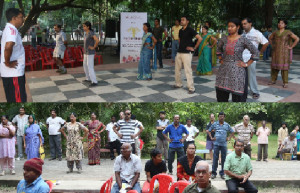 One can see that learning Tai Chi leads to focus on three aspects:
One can see that learning Tai Chi leads to focus on three aspects:
Medical studies of Tai Chi support its effectiveness both as an alternative exercise and a form of martial arts therapy. However, people with little or no interest in martial training are also taking to Tai Chi for its benefit to health and health maintenance.
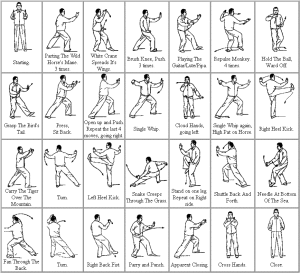 Tai Chi claims that focusing the mind solely on the movements of the form helps to bring about a state of mental calm and clarity. Besides general health benefits and stress management attributed to T’ai Chi Ch’uan training, aspects of traditional Chinese medicine are taught to advanced level students in some traditional schools.
Tai Chi claims that focusing the mind solely on the movements of the form helps to bring about a state of mental calm and clarity. Besides general health benefits and stress management attributed to T’ai Chi Ch’uan training, aspects of traditional Chinese medicine are taught to advanced level students in some traditional schools.
(Photo Courtesy – www.diy.org)
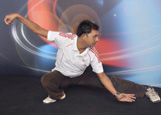 Tai Chi uses both the mind and the body, and also involves breathing control and several other aspects of meditation. “Tai Chi works on your immune system, which means it can prevent and cure several diseases, including emotional stress,” says Sifu Ranga Rao, one of the leading Tai Chi masters in Chennai. “The base of Tai Chi comes from Kung Fu”, he says, “but unlike other martial arts, the mind fully controls the movements”. In other martial arts, the body moves faster and the mind’s control of the body is less. “In Tai Chi, you are consciously making every move. You know what the next step is going to be,” Ranga Rao says. Ranga Rao also conducts corporate workshops. “Children with ADHC disorders can also benefit by doing Tai Chi” he says. Ranga Rao also helps children learning dance by using Tai Chi to prevent the physical problems that usually occur while dancing.
Tai Chi uses both the mind and the body, and also involves breathing control and several other aspects of meditation. “Tai Chi works on your immune system, which means it can prevent and cure several diseases, including emotional stress,” says Sifu Ranga Rao, one of the leading Tai Chi masters in Chennai. “The base of Tai Chi comes from Kung Fu”, he says, “but unlike other martial arts, the mind fully controls the movements”. In other martial arts, the body moves faster and the mind’s control of the body is less. “In Tai Chi, you are consciously making every move. You know what the next step is going to be,” Ranga Rao says. Ranga Rao also conducts corporate workshops. “Children with ADHC disorders can also benefit by doing Tai Chi” he says. Ranga Rao also helps children learning dance by using Tai Chi to prevent the physical problems that usually occur while dancing.
Tai Chi Workshop at eAmblam’s SaMaaGaMa 2012 by T.V.Ranga Rao – Brief report and gallery.
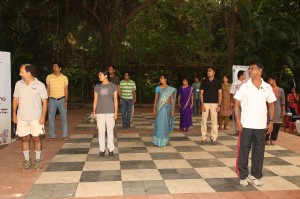 “Tai Chi is more suited to the sedentary lifestyle most of us have” is Tai Chi teacher Ranga Rao’s assertion. In the workshop at SaMaaGaMa, he explained the basics of this martial art and emphasized on it being able to cure many diseases. As he guided the participants of different age groups, Ranga was able to impress upon them the necessity to incorporate Tai Chi into their daily routine. In this martial art, the mind plays a prominent role and dictates every movement and T.V.Ranga Rao’s Tai Chi workshop gave a glimpse of how one could achieve this.” – Vidyalakshmi Venkataraman
“Tai Chi is more suited to the sedentary lifestyle most of us have” is Tai Chi teacher Ranga Rao’s assertion. In the workshop at SaMaaGaMa, he explained the basics of this martial art and emphasized on it being able to cure many diseases. As he guided the participants of different age groups, Ranga was able to impress upon them the necessity to incorporate Tai Chi into their daily routine. In this martial art, the mind plays a prominent role and dictates every movement and T.V.Ranga Rao’s Tai Chi workshop gave a glimpse of how one could achieve this.” – Vidyalakshmi Venkataraman